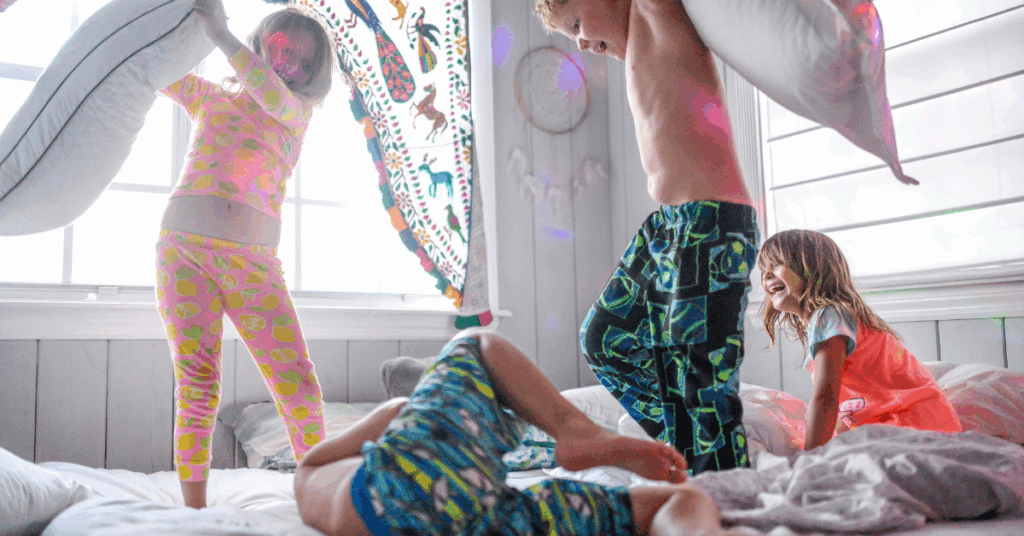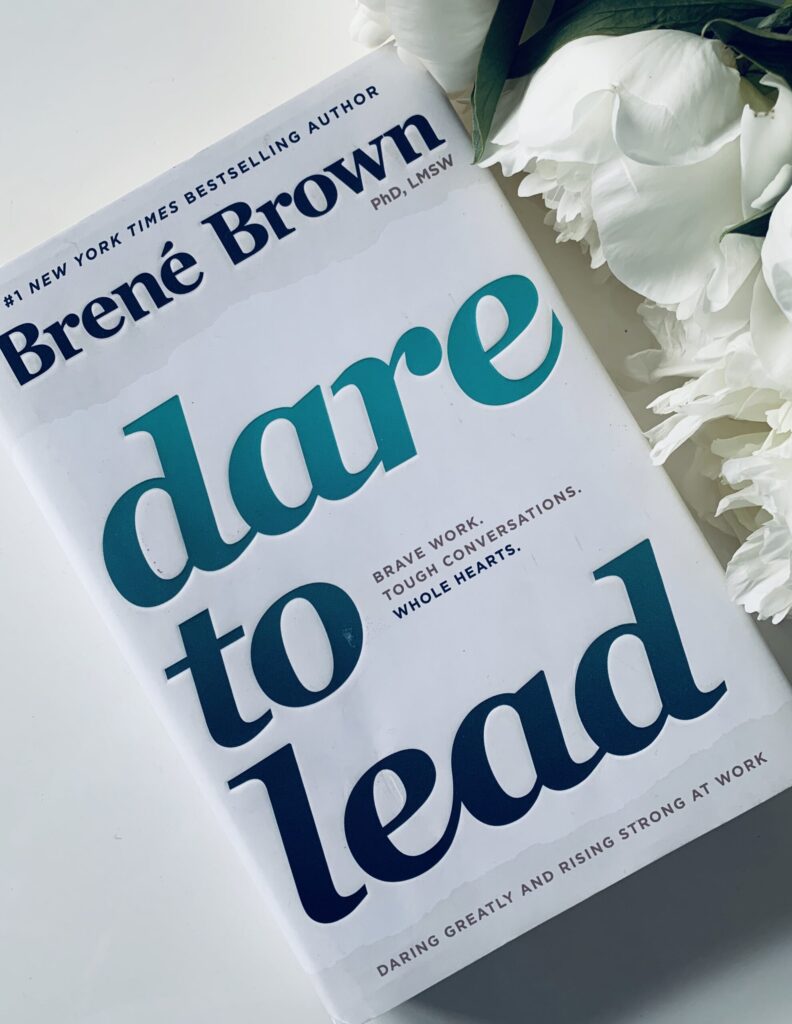If your heart skips a beat every time you see your children engaging in roughhousing, take a deep breath because this article is for you.
Picture this: your adorable angels are quietly reading books or building Lego one moment, and in a flash, they transform into wild creatures, darting through the house, engaging in an epic tug of war with a dish towel.
Now, let’s be real – as parents, we often feel the urge to steer our kids back towards “productive” activities. It’s mayhem, it’s chaos, but could it be more than meets the eye?
Enter rough and tumble play – a seemingly chaotic yet profoundly impactful activity for your children’s growth.
What is Rough And Tumble Play?
Roughhousing, or rough and tumble play, is a dynamic and energetic form of play that embraces physicality and movement. It’s the stuff of play fighting, wrestling matches, and those tickle fights that leave everyone in fits of laughter.
Here are other examples of rough and tumble play:
- Chasing/tag
- Climbing
- Rolling and tumbling
- Pillow fight
- Piggyback rides
- Pushing and shoving
To us, adults, it might appear chaotic and even violent, but trust the experts when they say that roughhousing is absolutely crucial for children’s healthy development.
Why Do Children Need Rough And Tumble Play?
It’s fascinating to know that rough and tumble play isn’t just unique to humans; it’s a natural behavior observed in many mammals. This universal aspect of play has captured the attention of scientists like Stewart Brown, who were intrigued to understand why we play.
Thanks to their extensive research and observation, we now have a wealth of scientific evidence to underscore the immense value of roughhousing.
So, let’s dive into the reasons why you should embrace rough and tumble play with open arms:
1. Roughhousing Helps Children Develop Physical Strength
When kids engage in rough and tumble play, they get their bodies moving and hearts pumping, which naturally improves physical fitness. But it’s not just about sheer strength; this type of play involves complex motor learning, coordination, and concentration, helping children develop a range of physical skills.
2. Roughhousing Makes Children Happy
With all the giggles and laughter accompanying rough and tumble play, it’s no surprise that it generates positive emotions and brings joy to children and adults alike. Not only does it create precious bonding moments and lasting memories, but it also acts as an effective antidote to anxiety and depression later in life.
3. Roughhousing Helps Children Develop Emotional Intelligence
Roughhousing is more than just playful chaos; it’s an emotional intelligence bootcamp for children. It’s where they develop empathy and trust, and learn how to control their aggression (without becoming mini hulks). They also become better at regulating, understanding, and managing their emotions, boosting their emotional confidence and ability to interpret social cues.
4. Roughhousing Boosts Resilience
Life has its ups and downs, and resilience is the shield that helps your children bounce back stronger. And guess what? Roughhousing is a natural resilience playground. Rough and tumble play is unpredictable, demanding quick adaptation and problem-solving. It helps children learn to persevere and conquer challenges head-on.
5. Roughhousing Makes Children Smarter
Believe it or not, rough and tumble play can make children smarter! When they engage in this energetic activity, their brains release brain-derived neurotrophic factor (BDNF) – a remarkable process with extraordinary benefits. BDNF repairs and safeguards the brain while enhancing learning and memory capabilities. It sparks neuron growth in essential brain regions, setting the stage for academic success and advanced cognitive skills.
Now, here is the bottom line.
As a parent, you don’t need to be a playtime referee. Safety first, of course – set some ground rules to ensure everyone’s well-being. No hitting, punching, biting, headlocks, or sharp corners. But beyond that, let them play.
And the next time they’re chasing, rolling, wrestling, or tickling each other, just sit back, relax, and know you’re witnessing some serious child development in action.
It’s messy. It’s loud. It’s wild.
But hey, it’s all part of the beautiful journey of raising happy, healthy, and emotionally intelligent little people.
Embrace the chaos.
It’s worth it.
Loads of love,
Irina



